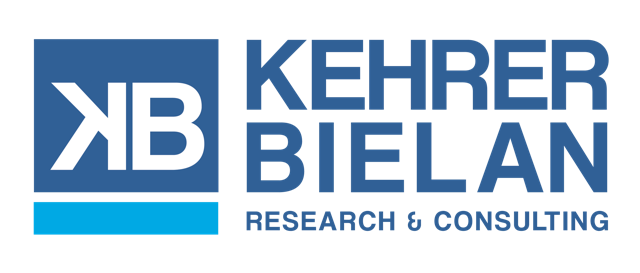Banks and credit unions have struggled to meet the life and long-term care insurance needs of their investment clients. Despite repeated resets of their sales initiatives, their insurance sales have been flat for decades. But the recent emphasis on financial planning offers new hope. If an advisor is providing holistic advice built on a platform of comprehensive financial planning, insurance is bound to be part of many solutions. What could go wrong?
The data suggest that even financial planning fails to move the insurance sales needle. For our May 13th virtual dialogue on developing holistic advisors, we examined data on 29,000 MoneyGuide plans produced by 1,406 advisors from 34 banks and credit unions. We found that the more planning an advisor does, the less insurance they write.

The average advisor created or updated 24.1 plans a year (about two per month). But increasing the planning activity by 50%—an extra plan per month—resulted in a 9% decline in life and long-term care insurance revenue.
Surprised by this finding, Kehrer Bielan dug deeper into the data, examining the content of the plans. Only 1.1% of the plans included the insurance goal. Most advisors manage to avoid a discussion of insurance, even when engaged in creating a financial plan.
But the advisors who included the insurance goal had average insurance production of $10,781, twice the insurance revenue of the typical advisor in the database. Doubling the number of plans with an insurance goal from 1.1% to 2.2% would boost insurance revenue an additional 12%.
So, financial planning can help advisors better meet the insurance needs of their clients, but they have to include those needs in the plan.
Covr helps break the barriers between advisors and selling life insurance
Planning meetings are a natural time to complete insurance applications. The information needed to create a financial plan includes much of the same information needed to apply for life insurance or other types of protection. It could also end up making the process more cost effective, as advisors and clients can dig in and get very specific about life insurance needs. Those needs change over lifetimes as mortgages are paid off and children go to college, and eliminating excess coverage is financially advantageous for both advisor and client.
Some advisors aren’t comfortable asking clients the medical questions that are often necessary in life insurance discussions, and Covr can ease that barrier. Covr’s highly trained staff asks those questions while keeping advisors informed, but out of those sensitive discussions.
There’s no financial plan that’s complete without adding protection, and the mindset clients are in during financial planning conversations is the perfect time to address these needs—while they’re thinking about their goals and finances.
Covr’s suite of digital insurance platforms helps financial advisors overcome the barriers to including life insurance in financial planning.


Recent Comments